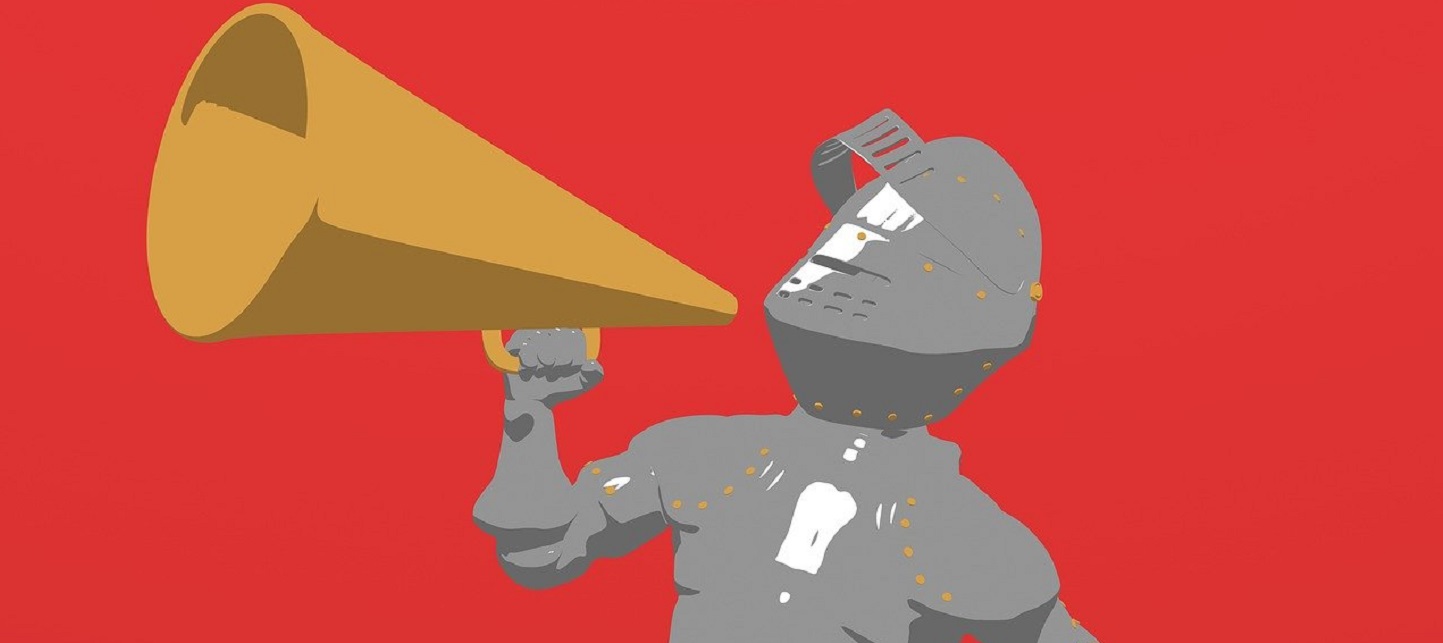Tag: emotional safety
-

Flagging is Flawed
in
Although helpful for safety reasons, flagging is also commonly used to prevent people from attending a larp for lesser reasons.
-

Villain Self Care
in
Strategies for playing an antagonist in a larp in rewarding ways, as well as helping with potential negative emotional effects.